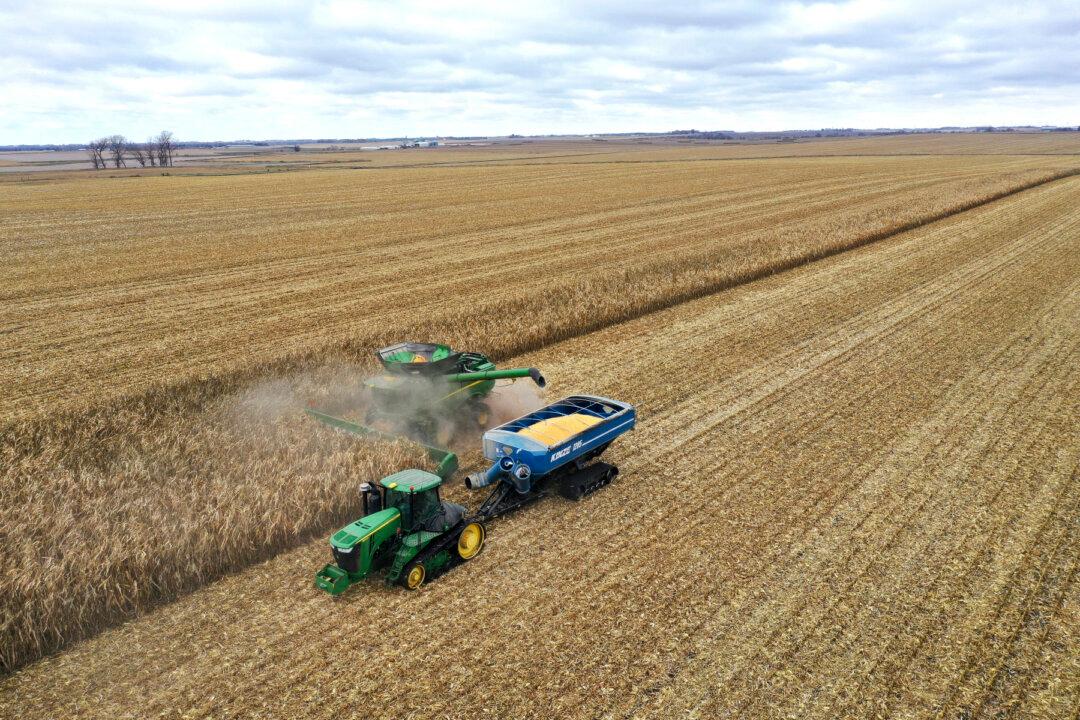The Biden administration announced on Friday that it has retroactively waived interest on federal student loans held by more than 47,000 current and former military service members.
Under federal law, service members deployed to overseas combat zones where they’re subject to imminent danger or hostile fire can have their interest waived on loans such as Federal Student Aid (FSA) for up to 60 months. But until now, they had to individually apply for the benefit by providing documents that can prove their military service, including a formal application along with a certifying official’s statement and signature, or military orders showing they have been serving in a hostile area, or a Leave and Earnings Statement showing hostile or imminent danger pay.
This paperwork burden had prevented many eligible student veterans from successfully getting the interest waiver, according to the Department of Education. In 2019, the benefit was only granted to about 4,800 service members.
In the new policy change, the Department of Education (DOE) said it is matching federal student loan borrower records to the Department of Defense’s personnel files. As a result, the DOE can automatically identify those who are eligible and provide them with the interest rate benefit.
“Brave men and women in uniform serving our country can now focus on doing their jobs and coming home safely, not filling out more paperwork to access their hard-earned benefits,” FSA Chief Operating Officer Richard Cordray said in a statement announcing the change. “Federal Student Aid is grateful for our strong partnership with the Department of Defense, and we will seek to reduce red tape for service members wherever possible.”
The change will apply to 323,000 eligible borrowers who are identified through an existing data match with the Social Security Administration (SSA). Starting this September, those who qualify for a TPD discharge based on information the DOE receives from the SSA will be notified of their approval for a discharge in the weeks after the match, and all discharges are expected to occur by the end of the year.





